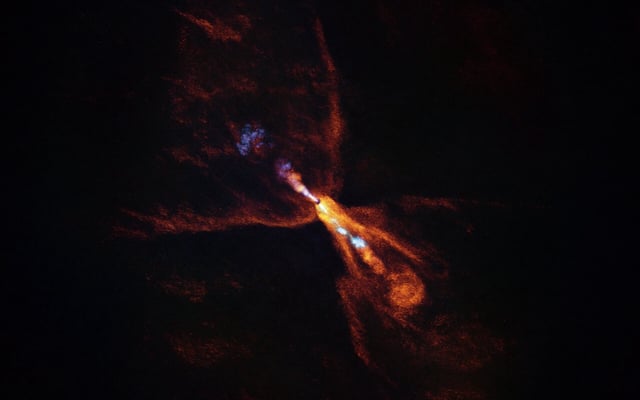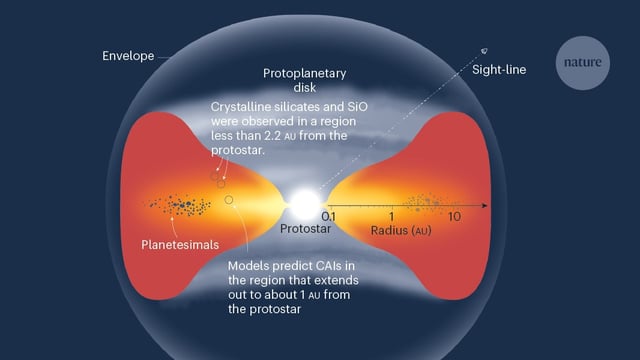Overview
- Using the James Webb Space Telescope and ALMA, astronomers detected warm silicon monoxide gas cooling to about 200 °C and condensing into crystalline silicate minerals around HOPS-315.
- This chemical transition was observed at distances comparable to the asteroid belt in our Solar System, marking the long-theorized t=0 moment when planet-forming solids first appear.
- HOPS-315 is a 100,000 to 200,000-year-old protostar located roughly 1,300 light-years away in the Orion L1630 molecular cloud and is considered an analog to the young Sun.
- The study, led by Leiden University’s Melissa McClure and co-authored by Merel van ’t Hoff, was published July 16 in Nature, establishing a new benchmark for observing nascent planetary systems.
- Researchers are planning follow-up observations to monitor how these early mineral grains grow into pebbles and planetesimals and to search for other stars caught at this primordial formation stage.


